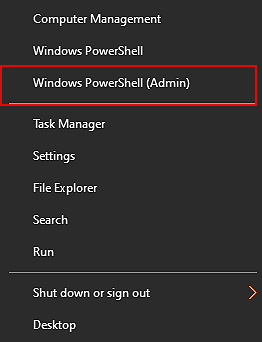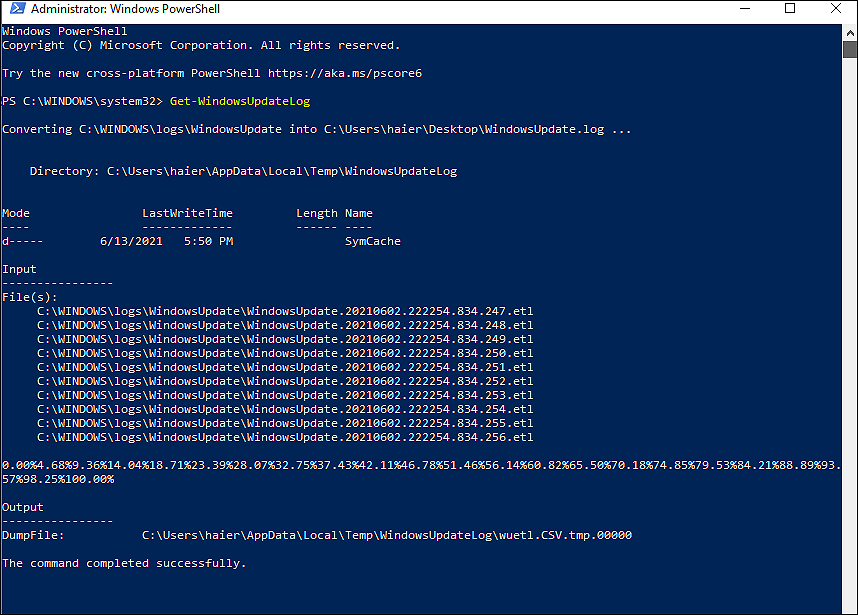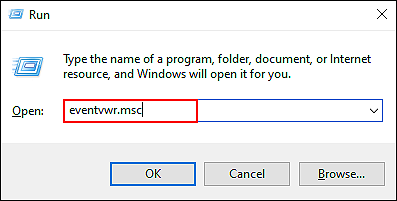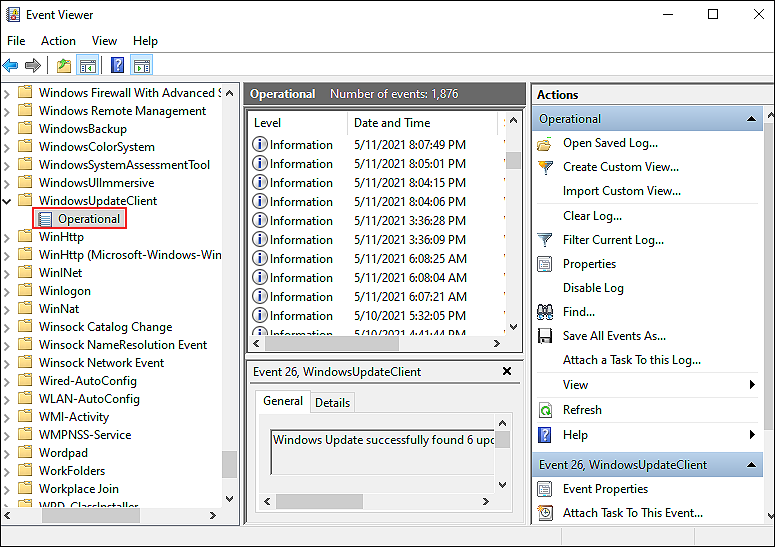Looking for easy ways to find Windows Update Logs in Windows 10?
Before Windows 10, all the Windows versions used to store the update log in the form of a text document in the operating system. However, it is not the same for Windows 10 users.
In Windows 10, Windows Update Service produces .etl files instead of WindowsUpdate.log files. Accessing these log files is not as simple as it used to be in the earlier Windows versions, and if you are struggling to find them, you are in the right place.
We have listed some easy methods that will help you find Windows Update Logs in Windows 10 below.
Let’s get started.
1. Convert the ETW traces in Powershell.
The best way to convert ETW (Event Tracing for Windows) to an easy-to-read WindowsUpdate.log is by using Windows Powershell.
This method is helpful for the users who are looking to view all the Windows Update Logs instead of specific files.
Here is what you need to do:
- Right-click on the Windows icon on your taskbar and select Windows Powershell (Admin) from the list of options available. Doing so will launch elevated Powershell on your PC.

- Inside the Powershell window, type the command mentioned below and hit Enter. This will convert all ETW (Event Tracing for Windows) into a readable WindowsUpdate.log file.
Get-WindowsUpdateLog

- Now navigate to your desktop and check if a new WindowsUpdate.log was created. You can view this file in Notepad.
That’s it!
However, you must remember that this file will not update automatically, so if you need the Windows Update logs in the future, you will have to follow the process mentioned above again.
2. Try Using CleanMyPC.
When was the last time you emptied your hard drive of the junk files that have accumulated over time? If that was long ago, then now might be the right time to do so because these supposedly ‘harmless’ junk files have the potential to cause serious issues within your operating system.
The easiest way to eliminate these junk files is by using an efficient PC cleaner and if you are looking for a recommendation, we highly recommend going for CleanMyPC.

CleanMyPC is one of the most popular PC cleaners on the market. It comes with a variety of system maintenance tools that can help you maintain your computer. These tools include (but are not limited to) a Multi-Uninstaller, Speed Booster, and Registry Cleaner.
All that you need to do is install CleanMyPC on your computer and run a scan using it. The rest will be taken care of!
3. Use the Event Viewer.
If method 1 did not work for you because you want to view specific Windows Update error logs, try using the Event Viewer. This will help you view all the operational entries under WindowsUpdateClient.
Here is how you can use the Event Viewer to view Windows Update Logs in Windows 10:
- Open a Run dialogue box by pressing Windows + R keys simultaneously on your keyboard.
- Type ‘eventvwr.msc‘ in the text field of the dialogue box and hit Enter. Doing so will launch the Event Viewer utility.

- Inside the Event Viewer utility, navigate to the location mentioned below.
Applications and Service Logs\Microsoft\Windows\WindowsUpdateClient
- Now click on the Operational tab and move down to the center pane to locate the Windows Update error log.

As simple as that.
You should now be able to view Windows Update Logs without any issues.
This brings us to the end of our guide on ways to find Windows Update Logs in Windows 10. We tried walking you through all the steps in detail and hope that one of the methods mentioned above did the trick for you. In case you still have any confusion about the methods, please let us know in the comment section below!
If this guide helped you, please share it. 🙂





